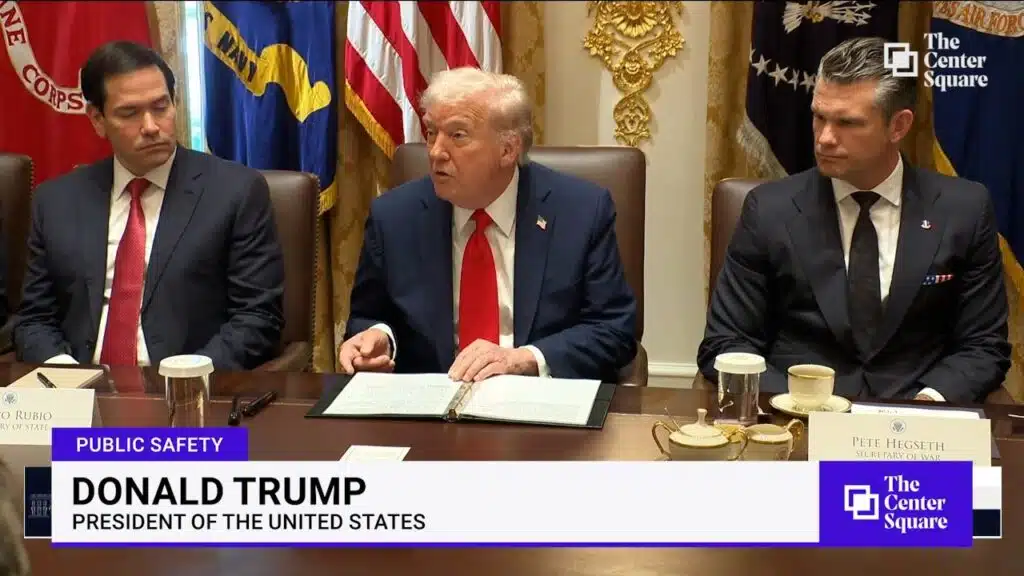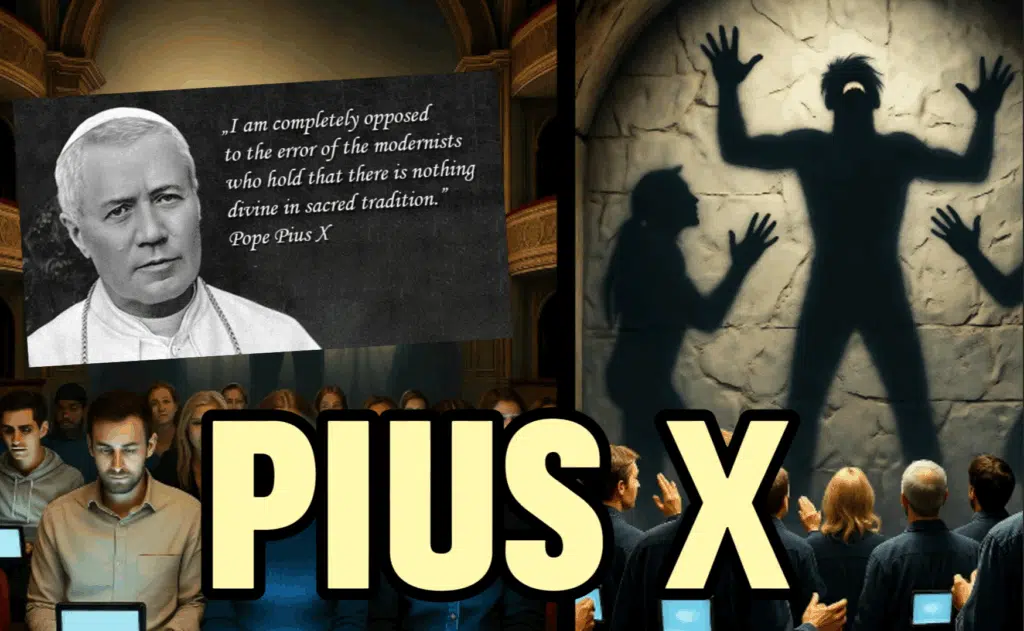
Reparations Are Racist … PERIOD
The argument against reparations is not only blatantly obvious, but the very idea of them is nothing more than manipulative racism. You have heard this many times, but I’ll repeat it here again.
The idea of people who were never slave owners, paying people who were never slaves is moronic, ridiculous, ludicrous, imbecilic, absurd, insane, asinine and never going to happen.
Current-day politicians looking to exploit that period in history want you to believe that millions of blacks were enslaved in the United States, but that simply isn’t true. Between 1525 and 1866, a total of 12.5 million Africans were transported to the New World as part of the transatlantic slave trade, according to the Trans-Atlantic Slave Trade Database. Approximately 10.7 million survived the perilous Middle Passage and disembarked in North America, the Caribbean, and South America.
So, out of the 10.7 million Africans who were shipped during the transatlantic slave trade, only about 388,000 were sent directly to North America. This represents a small percentage of the total. In fact, the majority of African slaves were transported to the Caribbean and South America; Brazil alone received approximately 4.86 million Africans. Some scholars estimate that an additional 60,000 to 70,000 Africans ended up in the United States after first arriving in the Caribbean. This would bring the total number of Africans arriving in the United States throughout the slave trade to roughly 450,000.
Thomas Sowell is a well-known American economist, historian, and political commentator. He is also black, which has to be mentioned anytime the subject of slavery or reparations raises its ugly head. I say this because there are those who would disregard the truth if a white historian spoke it, but Sowell was a man who understood that the truth has no color.
Sowell had this to say on the subject.
“Slavery certainly has its place among the horrors of humanity. But our “educators” today, along with the media, present a highly edited segment of the history of slavery. Those who have been through our schools and colleges, or who have seen our movies or television miniseries, may well come away thinking that slavery means white people enslaving black people. But slavery was a worldwide curse for thousands of years, as far back as recorded history goes.”
“Overall, that expanse of time and space, it is very unlikely that most slaves, or most slave owners, were either black or white. Slavery was common among the vast populations in Asia. Slavery was also common among the Polynesians, and the indigenous peoples of the Western Hemisphere enslaved other indigenous peoples before anyone on this side of the Atlantic had ever seen a European. More whites were brought as slaves to North Africa than blacks brought as slaves to the United States or to the 13 colonies from which it was formed. White slaves were still being bought and sold in the Ottoman Empire, decades after blacks were freed in the United States.”
From his book, Markets and Minorities:
“Slavery has existed for thousands of years, on every continent, with numerous modifications, and encompassing a remarkable range of occupations. Most slaves in the antebellum South worked on cotton plantations, but some were urban slaves, including many skilled artisans. The range even extended to a riverboat captain commanding a crew that included white sailors. In Greek and Roman antiquity, slave occupations extended from the lowliest work to teachers, doctors, and managers of imperial estates.”
From his book, Race and Culture:
“To explain slavery as being a consequence of certain European ideas leading to bondage for Africans is to ignore the glaring fact that slavery extended in time and space far beyond Europeans and Africans, and far beyond those who shared particular European ideas. Nor can a certain crop, such as sugar, be regarded as some kind of key to understanding slavery, even in the Western Hemisphere, where millions of slaves worked on sugarcane plantations in South America and the Caribbean, for other millions toiled in the cotton fields of the southern United States. Worldwide, still more vast numbers of slaves worked in an enormous range of occupations, from the harems and military units of the Middle East to the clove plantations of Zanzibar, the coffee plantations of Yemen, the pearl fisheries of the Red Sea, and in mines from Egypt to Burma, as well as in high government posts in the Ottoman Empire, where enslaved eunuchs especially could acquire fearsome power.”
From his book, Black Rednecks and White Liberals:
“It takes no more research than a trip to almost any public library or college to show the incredibly lopsided coverage of slavery in the United States or in the Western Hemisphere, as compared to the meager writings on even larger number of Africans enslaved in the Islamic countries of the Middle East and North Africa, not to mention the vast numbers of Europeans also enslaved in centuries past in the Islamic world and within Europe itself. At least a million Europeans were enslaved by North African pirates alone from 1500 to 1800, and some European slaves were still being sold on the auction blocks in Egypt, years after the Emancipation Proclamation freed blacks in the United States.”
“Contrary to the ‘myths to live by’ created by Alex Haley and others, Africans were by no means the innocents portrayed in Roots, baffled as to why white men were coming in and taking their people away in chains. On the contrary, the region of West Africa from which Kunta Kinte supposedly came was one of the great slave-trading regions of the continent – before, during, and after the white man arrived. It was the Africans who enslaved their fellow Africans, selling some of these slaves to Europeans or to Arabs and keeping others for themselves. Even at the peak of the Atlantic slave trade, Africans retained more slaves for themselves than they sent to the Western Hemisphere. This pattern was not confined to West Africa, from which most slaves were sent to the Western Hemisphere. In East Africa, the Masai were feared slave traders, and other African tribes – either alone or in conjunction with Arabs – enslaved their more vulnerable neighbors.”
From his book, The Thomas Sowell Reader:
“One of the reasons our children do not measure up academically to children in other countries is that so much time is spent in American classrooms twisting our history for ideological reasons….”
“Of all the tragic facts about the history of slavery, the most astonishing to an American today is that, although slavery was a worldwide institution for thousands of years, nowhere in the world was slavery a controversial issue prior to the 18th century.”
“People of every race and color were enslaved, and enslaved others. White people were still being bought and sold as slaves in the Ottoman Empire, decades after American blacks were freed.”
“Everyone hated the idea of being a slave, but few had any qualms about enslaving others. Slavery was just not an issue, not even among intellectuals, much less among political leaders, until the 18th century – and then it was an issue only in Western civilization.”
“Among those who turned against slavery in the 18th century were George Washington, Thomas Jefferson, Patrick Henry, and other American leaders. You could research all of 18th-century Africa, Asia, or the Middle East without finding any comparable rejection of slavery there. But who is singled out for scathing criticism today? American leaders of the 18th century.”
“Deciding that slavery was wrong was much easier than deciding what to do with millions of people from another continent, of another race, and without any historical preparation for living as free citizens in a society like that of the United States, where they were 20 percent of the population.”
“It is clear from the private correspondence of Washington, Jefferson, and many others that their moral rejection of slavery was unambiguous, but the practical question of what to do now had them baffled. That would remain so for more than half a century.”
So, despite the truth about slavery, the simple-minded mayor of Chicago, Brandon Johnson, in an attempt to improve his low approval ratings, announced a new task force to investigate plans to hand out reparations only to the city’s black residents.
Johnson made his idiotic proclamation during his Juneteenth speech. According to WFLD-TV, the committee will be funded by $500,000, which was set aside for the purpose during budget negotiations.
A press release from the mayor’s office stated:
“The Task Force will conduct a comprehensive study and examination of all policies that have harmed Black Chicagoans from the slavery era to present day and make a series of recommendations that will serve as appropriate remedies.”
Johnson, who is black, stated: “Investing in blacks is not a crime.”
“Today’s Executive Order is not just a public declaration; it is a pledge to shape the future of our city by confronting the legacy of inequity that has plagued Chicago for far too long.”
“In partnership with the Chicago City Council Black Caucus and our dedicated allies, we are continuing to build on the bedrock of my administration to move forward in reconciliation through targeted investments aimed at rectifying decades of deliberate disinvestment in black neighborhoods and communities.”
“These decisive actions move us beyond words and are a testament to my administration taking on the responsibility of this work. Thank you to all for your unwavering dedication that has brought us to this pivotal moment toward a more just and equitable Chicago for all.”
Translation: My approval ratings stink. In a recent 2040 Strategy Group poll, among the black population, they were a sickly 30 percent. Twenty-eight percent outright disapproved, and 43 percent had mixed feelings. So, in my ignorance, I’m going to divide the city further by falling back on an old tried and true lie about slavery.
The task force will reportedly investigate housing subsidies for black individuals, economic development initiatives for black-owned businesses, and the establishment of programs focused on race-related health, education, and safety. Additionally, it will conduct public hearings to gather testimonials regarding the “harm” experienced in past decades. Johnson has promised that his program will serve as an official re-education campaign for the city.
Translation: I’ve wasted millions of dollars that should have been spent on American citizens by protecting illegals. So, I have decided to follow that horrible decision with one just as bad. This will alienate the white population, but as a black mayor, I will be appeasing the black community.
Nick Sposato, the Alderman of the 38th Ward and a harsh critic of Johnson, believes the $500,000 could be better allocated to less divisive programs.
“It’s too divisive, it’s gonna divide us even more. I don’t know what the fairness about it would be. Maybe the report will say it’s unnecessary, but I highly doubt that.”
Reparations are Racist, PERIOD, and Johnson’s desperate attempt to improve his pitiful ratings with this bigoted stunt will fail, just as his time as mayor has failed.


